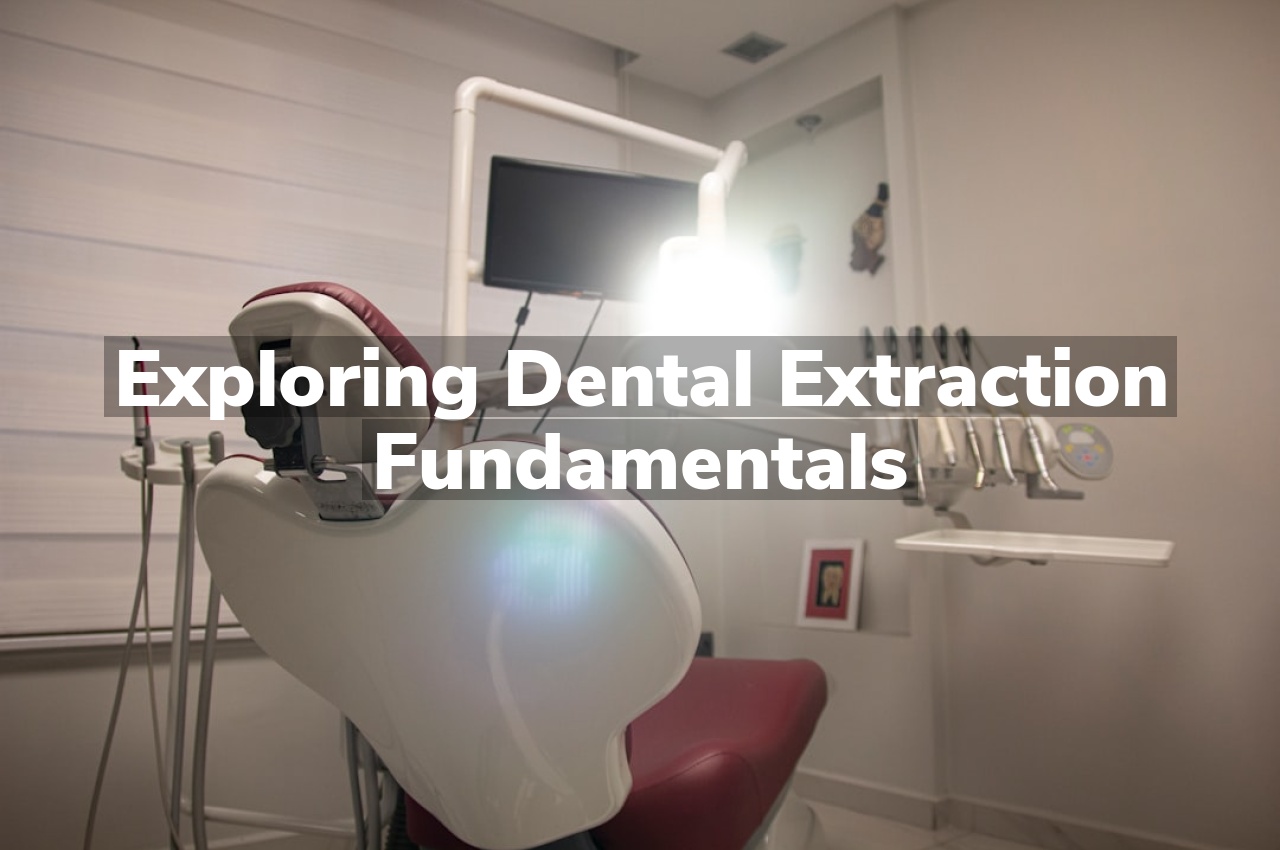Have you ever wondered what the basics of dental extraction involve? Dental extraction is a common procedure aimed at removing teeth from the dental alveolus in the alveolar bone, typically due to decay, disease, or trauma. This process is carefully performed by dental professionals to ensure the health and safety of the patient.
Understanding Reasons for Dental Extractions
Dental extractions are a common procedure in the field of dentistry, often considered as a last resort when other treatment options are not viable. The reasons for removing a tooth can vary widely, encompassing both health and cosmetic concerns. One of the primary reasons is severe decay or infection that has damaged a tooth beyond repair, posing a risk to the surrounding teeth and overall oral health. In such cases, extraction becomes necessary to prevent the spread of infection and alleviate pain. For more detailed insights, you might find the article on Why Teeth Sometimes Need Removal helpful.
Another significant reason for dental extractions is to address overcrowding within the mouth. This is particularly common in orthodontic treatments where space needs to be created for teeth to be realigned properly. Impacted teeth, such as wisdom teeth that do not have enough room to emerge or develop normally, can also necessitate extraction. These scenarios highlight the importance of professional evaluation and intervention in preserving oral health and ensuring the functionality of one’s teeth.
Types of Dental Extraction Procedures
Dental extraction procedures are a fundamental aspect of dental care, addressing various issues from tooth decay to overcrowding. Broadly, these procedures can be categorized into two main types: simple extractions and surgical extractions. Simple extractions are performed on teeth that are visible in the mouth and can usually be removed in one piece with the use of forceps. This type of extraction typically requires only a local anesthetic. On the other hand, surgical extractions involve the removal of teeth that are not easily accessible, either because they have broken under the gum line or have not fully erupted, such as wisdom teeth. Surgical extractions require more complex techniques, often including the removal of bone or cutting of the gum to access the tooth, and may necessitate a general anesthetic or sedation.
Understanding the different types of dental extraction procedures is crucial for anyone facing the prospect of tooth removal. Each method is tailored to specific conditions and needs, ensuring that patients receive the most appropriate and effective treatment. For those seeking further information on tooth extraction services, Warrington’s Premier Tooth Extraction Services offers a comprehensive overview of options available to address various dental concerns.
The Role of Anesthesia in Extractions
Anesthesia plays a crucial role in the process of dental extractions, ensuring that patients experience minimal discomfort during the procedure. It is administered to numb the area around the tooth that is being extracted, allowing the dentist to perform the extraction efficiently and painlessly. The use of anesthesia in dental extractions is a standard practice in dentistry, aimed at providing a comfortable experience for patients while facilitating a smooth extraction process for dental professionals.
Recovery Process After a Tooth Removal
The recovery process following a tooth removal is a critical phase that demands careful attention to ensure proper healing. After the extraction, the body initiates a natural healing process starting with the formation of a blood clot at the site to protect the exposed bone and nerves. Over the next few days to weeks, patients may experience varying degrees of swelling and discomfort, which gradually subsides as the wound heals. It’s essential to follow post-operative care instructions provided by your dental professional to support a smooth and efficient recovery. For those seeking expert dental care, Dr. Caren Franz DMD PC is recognized for her commitment to patient well-being and can be reached through this Warrington Dentist link for more information.
Common Myths About Dental Extractions
Dental extractions often come with a cloud of misconceptions that can cause unnecessary anxiety and hesitation among patients. One widespread myth is the belief that dental extractions are extremely painful, ignoring the advancements in dental techniques and anesthesia that ensure patient comfort. Another common misconception is that tooth removal is always the last resort, overlooking cases where extractions are a proactive measure to prevent further oral health issues. Additionally, there’s a myth that recovery from a dental extraction is long and complicated, which doesn’t take into account the straightforward aftercare instructions provided by dental professionals that facilitate a smooth healing process. Dispelling these myths is crucial in helping individuals approach dental extractions with a clearer understanding and less apprehension.
Conclusion
For more insights, read reviews on Google Maps or call us at 215-918-5630.





